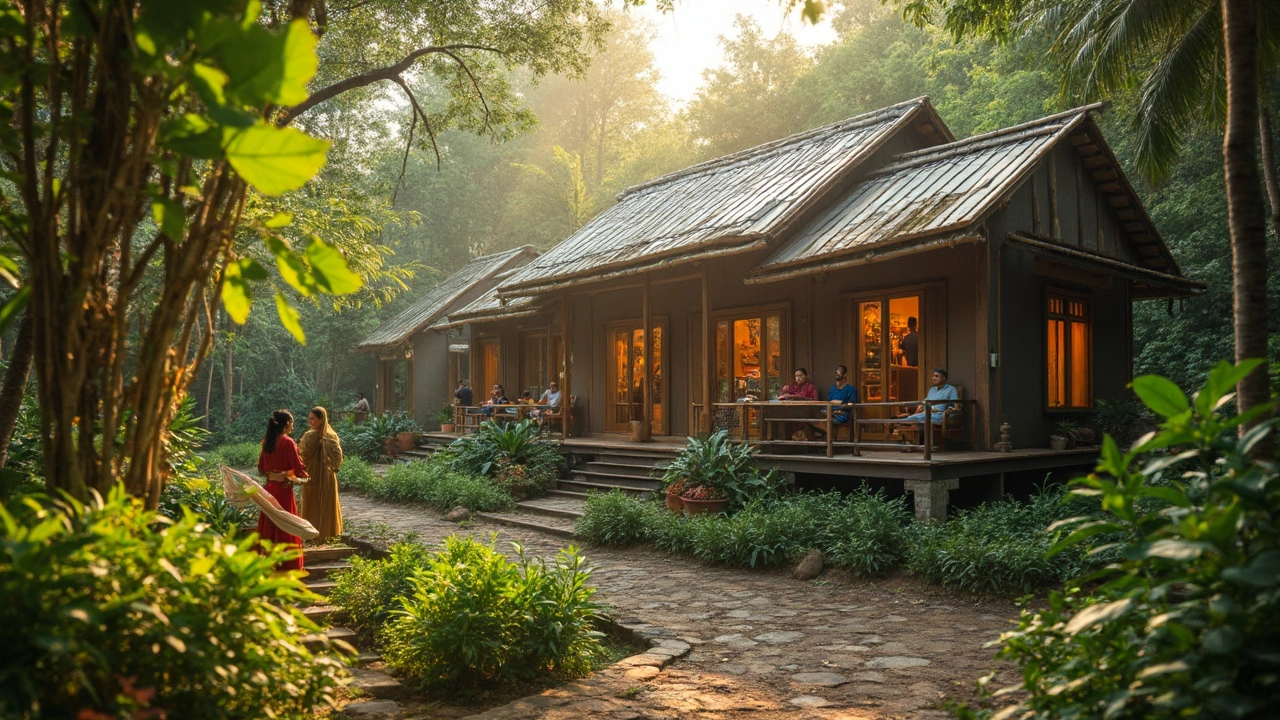Eco-friendly Travel in India: Sustainable Jungle Camps and Nature Retreats
When you choose eco-friendly, travel that minimizes harm to nature and supports local communities. Also known as sustainable travel, it means leaving less behind and giving more back—whether that’s through low-impact campsites, local guides, or waste-free meals. This isn’t just a trend. It’s how real travelers are experiencing India’s wild places today.
Think about where you sleep. An jungle camp, a temporary outdoor stay deep in India’s forests, often run by local families using solar power and recycled materials. These aren’t luxury resorts with plastic bottles and diesel generators. They’re simple, quiet, and designed to disappear into the landscape. You’ll wake up to birdsong, not AC units. Your water is filtered rainwater. Your lights are solar-powered. Your food comes from nearby farms, not imported trucks. This is the heart of nature retreats, intentional getaways focused on reconnecting with the land, not escaping it. They’re not about ticking off sights—they’re about feeling the earth beneath your feet and knowing you didn’t break it.
Why does this matter? Because India’s forests, rivers, and wildlife are under pressure. Every plastic bag left on a trail, every noisy ATV, every water bottle bought at a temple gate adds up. But when you pick an eco-tourism, travel that funds conservation and respects local culture. operator, you’re helping protect places like the Western Ghats, Corbett, or the Sundarbans. You’re supporting families who’ve lived alongside tigers and elephants for generations—not pushing them out for mass tourism. And you’re getting something better than a photo op: real connection.
You’ll find posts here that show you how to spot the real eco-friendly operators from the greenwashed ones. You’ll learn what to pack, what to ask before booking, and which camps actually donate to wildlife rescue. You’ll see how trekking with a local guide isn’t just safer—it’s more meaningful. And you’ll discover how visiting a UNESCO site can be part of protecting it, not just seeing it.
